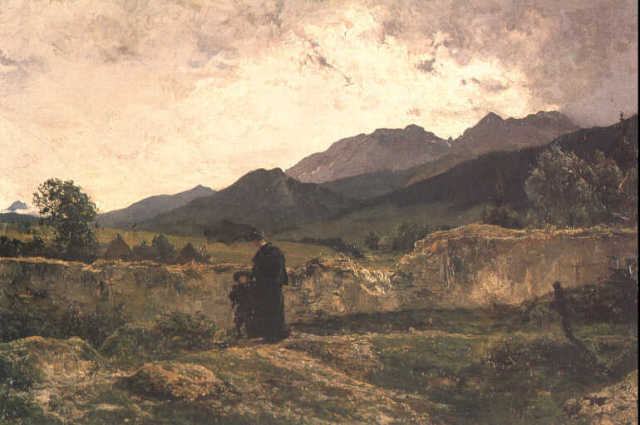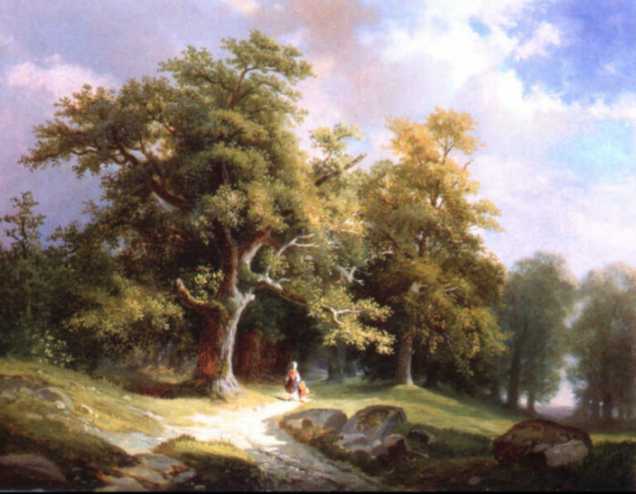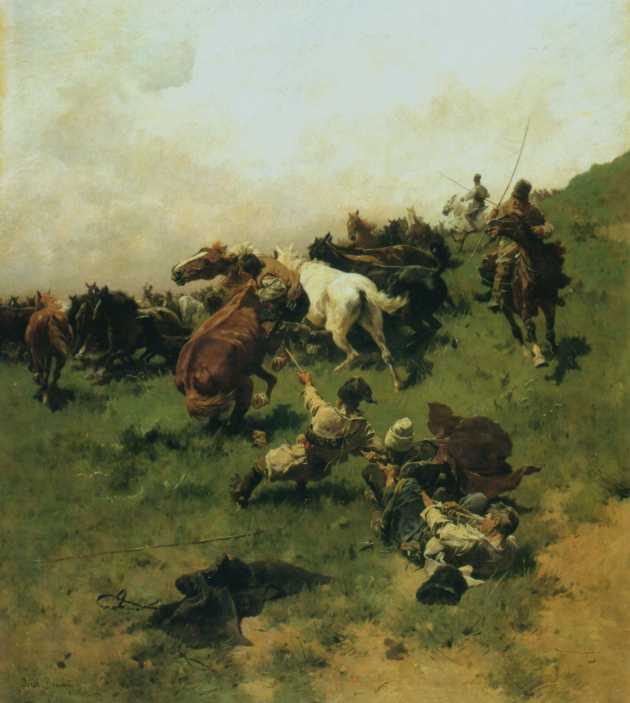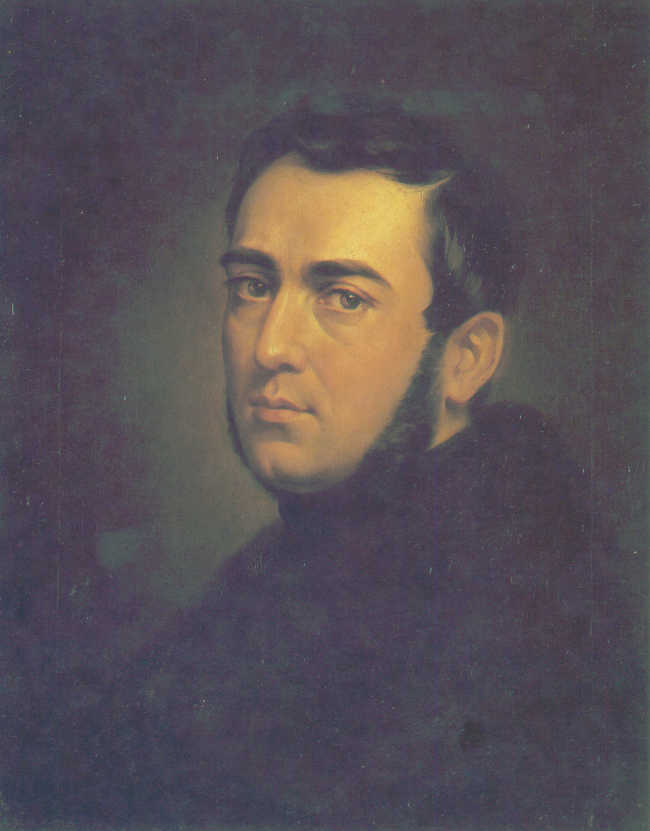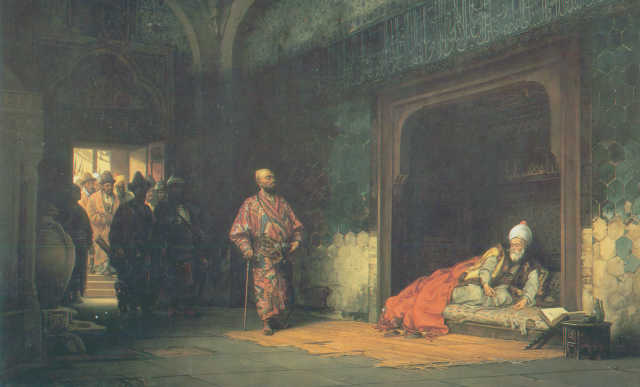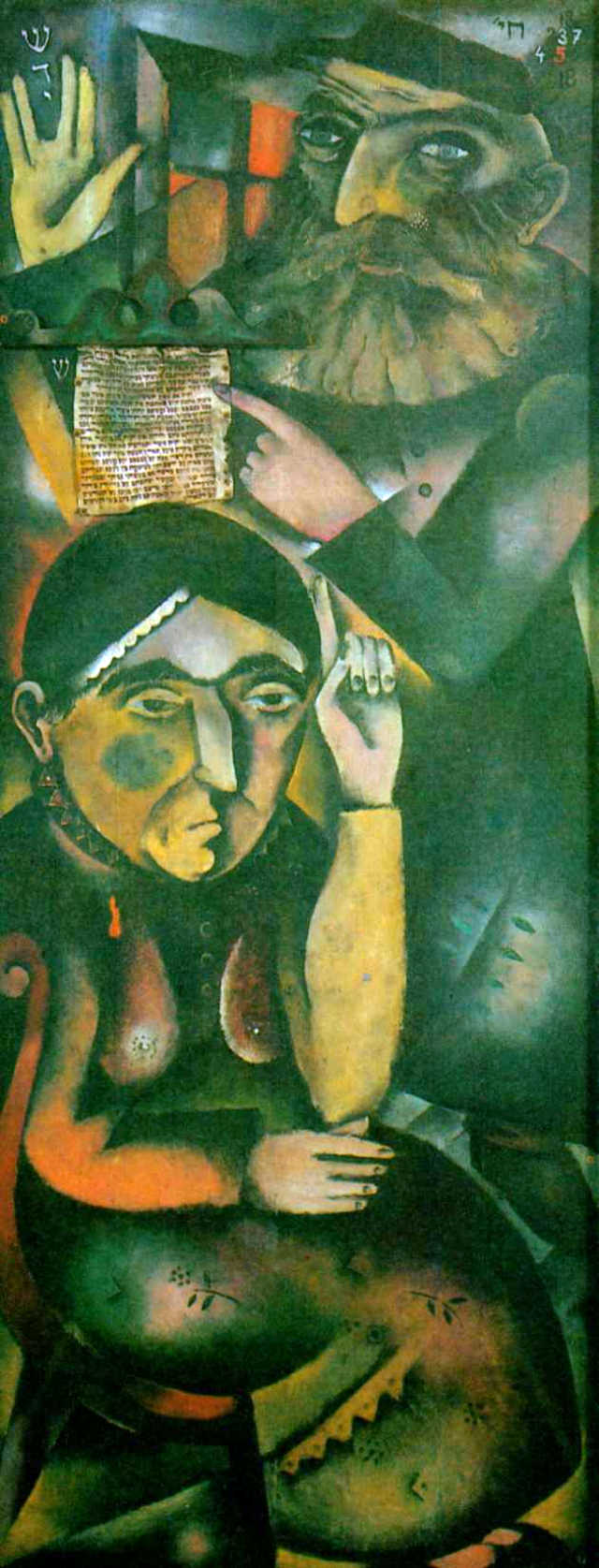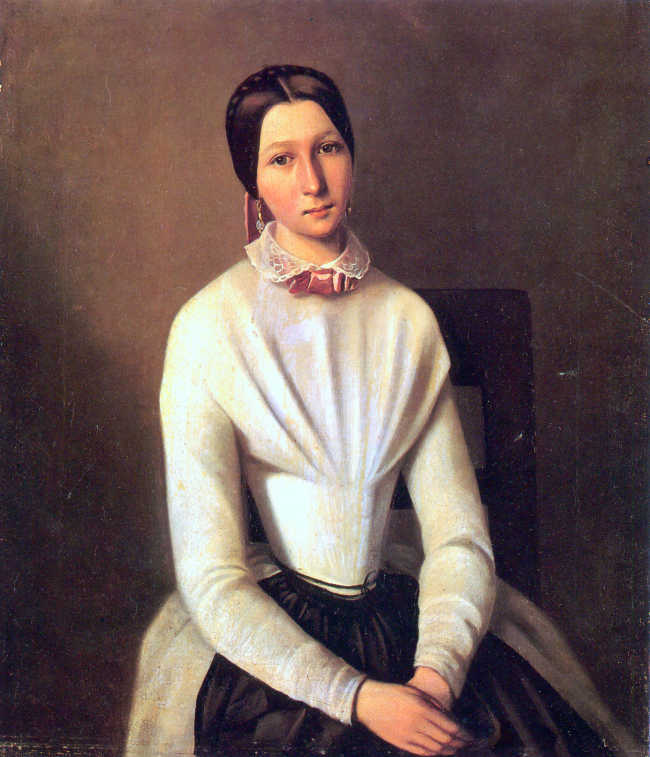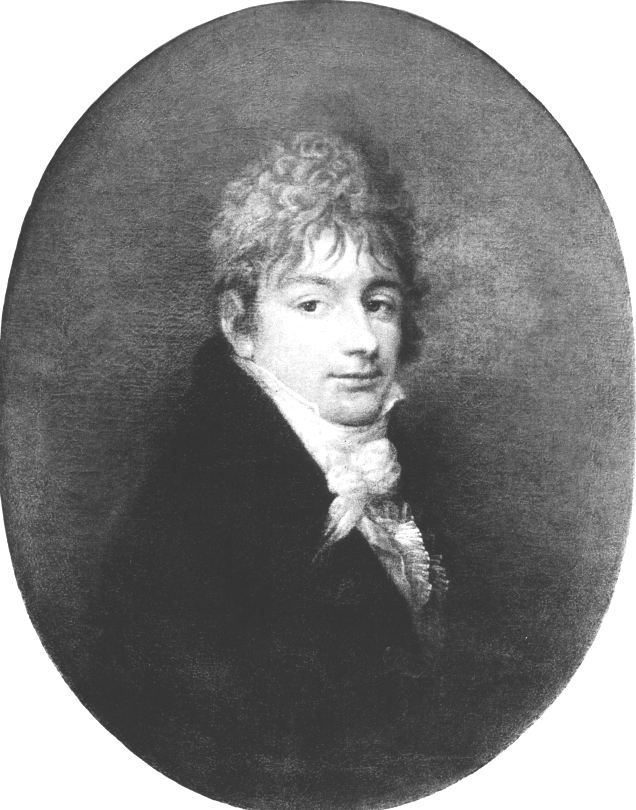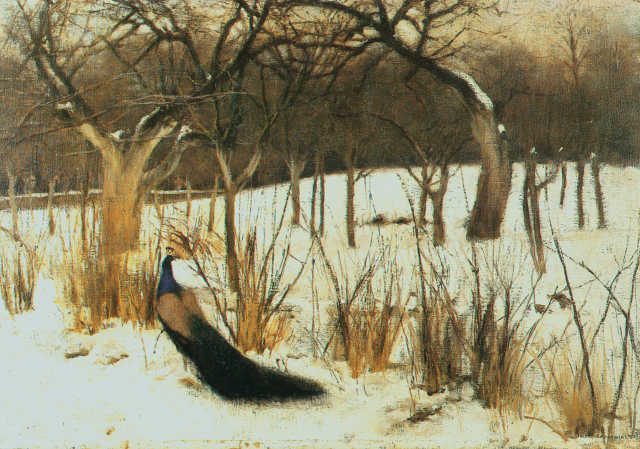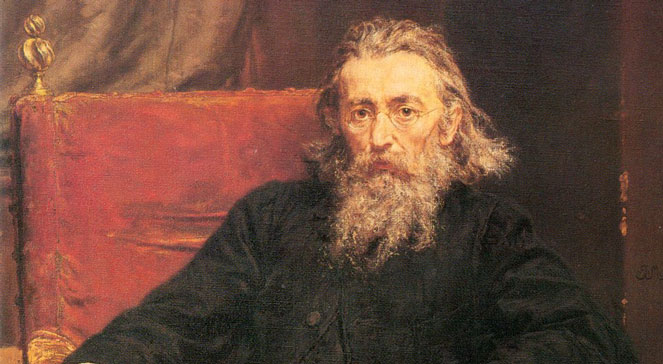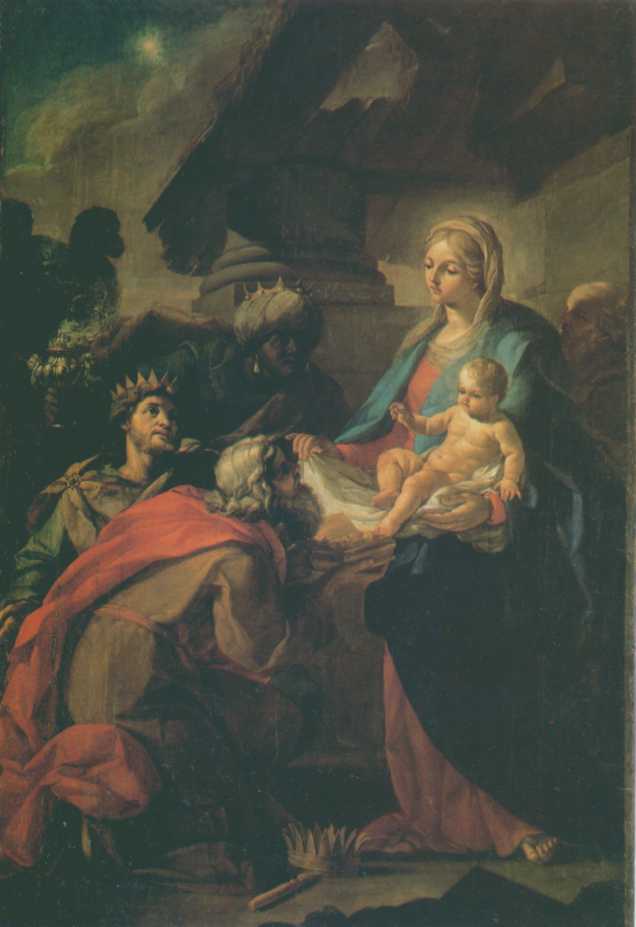Oleszkiewicz Józef (ur. 1777 Szydłowo (Samogitia), zm. 05.10.1830 Petersburg).
Initially, he learned by himself, by copying paintings in the Prozorów gallery in Vilnius. Thanks to the help of Anna née Radziwiłł, Mostowska joined 1797 at the University of Vilnius, where he began to study anatomy and physiology, and after a year drawing and painting with F.. Smuglewicz and J.. Rusty. W 1801 Aleksander Chodkiewicz became interested in him, writer and collector, who hosted him for about half a year on his Pekałów estate. W 1803 he sent the artist to study in Paris, where he studied at the Academy and probably with J.. L. David. Oleszkiewicz returned to Poland around. 1806 and after a short stay with Chodkiewicz in Pekałów, he moved to Vilnius. W 1810 he left for permanent residence in St. Petersburg, w 1820 received the title of academician of the local Academy. In St. Petersburg, Oleszkiewicz enjoyed great popularity not only as a painter, but also thanks to high dignities, which he exercised in Freemasonry. Mickiewicz succumbed to the theosophical views of the artist to some extent, who devoted a poem to the artist in the third part of Dziady.
Oleszkiewicz was the creator of the portraits, as well as historical compositions, mythological and religious. Already during his studies, he painted portraits of Vilnius inhabitants and the surrounding nobility. Before going to Paris, he painted pictures in Pekałów: Defense of Trembomla, ,Death of Cato and two scenes from the lives of Harmodius and Aristogiton. In Paris, he copied the works of the old masters and painted the composition Tethys bringing armor to Achilles mourning Patrokles.
From the period of his stay in Vilnius in 1807-10 come from, among others. paintings: Antiochus' love for Stratonica (Museum in Vilnius), composition made for Chodkiewicz Farewell to Jan Karol Chodkiewicz with his wife Anna before leaving for the Khotyn expedition and numerous portraits, m.in. Marcin Poczobut, Bishop Hieronim Strojnowski and two images of Adam Jerzy Czartoryski.
In Petersburg, the artist initially continued the mythological theme (m.in. Death of Clytemnestra), he created religious images and allegorical compositions; later he made almost exclusively portraits of Polish personalities (m.in. Maria Szymanowska, S. Morawski, Henryk Rzewuski, Lew Sapieha and the Russians A.. F. Lviv, About. Naryshkin).
oil, canvas, 266 x 175,5 cm;
Moscow, Gosudarstwannyj Istoriczeskij Muzej;

oil, canvas, 94 X 74,8 cm;
Lviv Picture Gallery;

